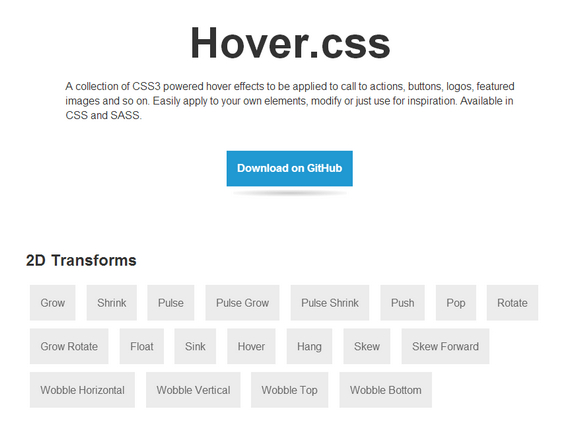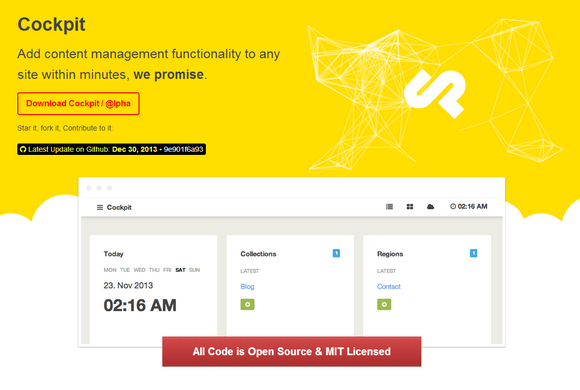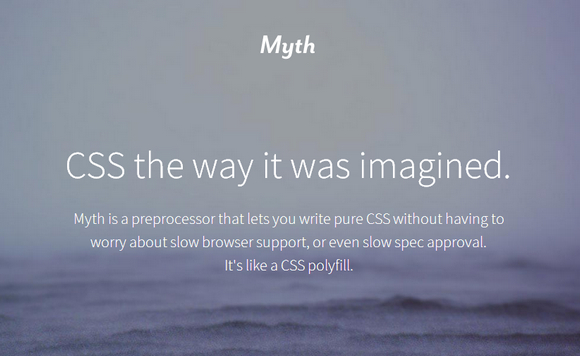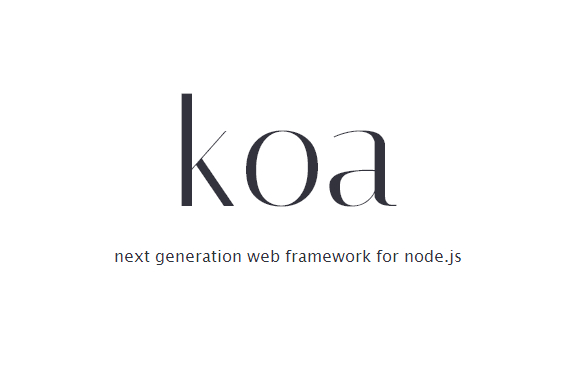ScrollReveal.js is a simple way to create and maintain how elements fade in, triggered when they enter the viewport. It helps you to build declarative on-scroll reveal animations for your websites. By adding a data-scrollreveal attribute to an element, it will automatically be revealed (using default values) as soon as the element is within the viewport. It is released under MIT License.

Requirements: JavaScript
Demo: http://julianlloyd.me/scrollreveal/
License: MIT License
Clmtrackr is a javascript library for fitting facial models to faces in videos or images. It currently is an implementation of constrained local models fitted by regularized landmark mean-shift, as described in Jason M. Saragih’s paper. Clmtrackr tracks a face and outputs the coordinate positions of the face model as an array.
The library provides some generic face models that were trained on the MUCT database and some additional self-annotated images. The aim is to also provide a model builder for building your own facial models. The library requires ccv.js (for initial face detection) and numeric.js (for matrix math).

Requirements: JavaScript Framework
Demo: https://github.com/auduno/clmtrackr
License: MIT License
Magnifier.js is a Javascript library enabling magnifying glass effect on an images. There are zoom in / out functionality using mouse wheel. Magnified image can be displayed in the lens itself or outside of it in a wrapper. Magnifier.js uses Event.js as a cross-browser event handling wrapper. It works in Chrome, Firefox, Safari, IE 7, 8, 9 & 10.

Requirements: JavaScript Framework
Demo: http://mark-rolich.github.io/Magnifier.js/
License: MIT License
Hover.css is a collection of CSS3 powered hover effects to be applied to call to actions, buttons, logos, featured images and so on. Easily apply to your own elements, modify or just use for inspiration. Available in CSS and SASS.
All Hover.css effects make use of a single element (with the help of some pseudo-elements where necessary), are self contained so you can easily copy and paste them, and come in CSS and SASS flavours. Many effects use CSS3 features such as transitions, transforms and animations. Old browsers that don’t support these features may need some extra attention to be certain a fallback hover effect is still in place.

Requirements: CSS3
Demo: http://ianlunn.github.io/Hover/
License: MIT License
Planetary.js is a javaScript library for building awesome interactive globes. It uses D3 and TopoJSON to parse and render geographic data. Planetary.js uses a plugin-based architecture; even the default functionality is implemented as plugins! This makes Planetary.js extremely flexible.
It’s fully customizable, including colors, rotation, and more. You can also display animated “pings” at any location with custom colors and sizes. It supports Mouse drag and zoom. Best of all, it’s 100% free and open source, licensed under the MIT license.

Requirements: JavaScript Framework
Demo: http://planetaryjs.com/
License: MIT License
Cockpit was born out of the need of building a simple dynamic site. Sure, WordPress, Joomla, Drupal and all the other full-stack content management systems are possible solutions for that task, but if you just want to manage a simple site, they are just too bloated and too time consuming to setup and maintain.
Cockpits goal is to be simple, but yet powerful and designed in that way that you can spend less time trying to squeeze your site into a theme or template. No need to setup a database server. You need a backup? Just zip your project folder or better, combine it with versioning systems like Git. All Code is Open Source & MIT Licensed.

Requirements: –
Demo: http://getcockpit.com/
License: MIT License
Myth is a preprocess that lets you write pure CSS without having to worry about slow browser support, or even slow spec approval. It’s a like CSS polyfill. Myth lets you write pure CSS while still giving you the benefits of tools like LESS and Sass. You can still use variables and math functions, just like you do in preprocessors.
Some of the features in CSS require runtime calculations, which neither Myth nor preprocessors handle, but what Myth does is let you write your code today in the future syntax, so that your code is future-proof. When browsers finally support these features you won’t need to rewrite anything, just remove Myth and start using the cascade.

Requirements: CSS Framework
Demo: http://www.myth.io/
License: MIT License
Koa is a new web framework designed by the team behind Express, which aims to be a smaller, more expressive, and more robust foundation for web applications and APIs. Through leveraging generators Koa allows you to ditch callbacks and greatly increase error-handling.
Koa does not bundle any middleware within core, and provides an elegant suite of methods that make writing servers fast and enjoyable. Koa’s middleware flow in a stack-like manner allowing you to perform actions downstream, then filter and manipulate the response upstream. Koa’s use of generators also greatly increases the readability and robustness of your application.

Requirements: Node.js Framework
Demo: http://koajs.com/
License: MIT License
Adaptive Backgrounds is a jQuery plugin for extracting dominant colors from images and applying it to its parent element. This plugin utlizes the <canvas> element and the ImageData object, and due to cross-site security limitations, the script will fail if one tries to extract the colors from an image not hosted on the current domain,unless the image allows for Cross Origin Resource Sharing.

Requirements: jQuery Framework
Demo: http://briangonzalez.github.io/jquery.adaptive-backgrounds.js/
License: MIT License
Plates is a native PHP template system that’s fast, easy to use and easy to extend. It’s inspired by the excellent Twig template engine and tries to bring modern template language functionality to native PHP templates. Plates is designed for developers who prefer to use native PHP templates over compiled templates, such as Twig or Smarty.

Requirements: PHP Framework
Demo: http://platesphp.com/
License: MIT License













